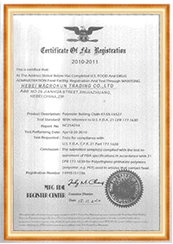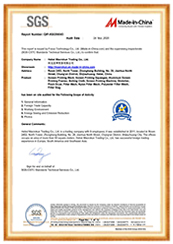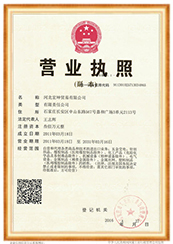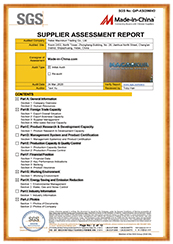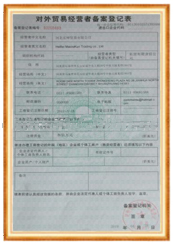Filter sieves are an essential tool in various industries, including pharmaceuticals, food processing, and chemical manufacturing. They are used to separate particles of different sizes, ensuring that only the desired material passes through. When it comes to choosing the right filter sieve, one important consideration is the type of mesh used. Two popular options are nylon mesh and stainless steel sieves. In this article, we will explore the pros and cons of nylon mesh for filter sieves.
One of the main advantages of nylon mesh is its affordability. Nylon is a synthetic material that is relatively inexpensive to produce, making nylon mesh filter sieves a cost-effective option for businesses. This is particularly beneficial for companies that require a large number of filter sieves or need to replace them frequently.
Another advantage of nylon mesh is its flexibility. Nylon is a highly flexible material that can be easily molded into different shapes and sizes. This makes it suitable for a wide range of applications, as it can be customized to meet specific requirements. Additionally, nylon mesh is available in various mesh sizes, allowing for precise filtration.
Nylon mesh filter sieves also offer excellent chemical resistance. Nylon is resistant to many chemicals, including acids, alkalis, and organic solvents. This makes it a suitable choice for industries that deal with corrosive substances. Furthermore, nylon mesh is non-reactive, ensuring that it does not contaminate the filtered material.
In terms of performance, nylon mesh filter sieves provide good particle retention. The mesh is designed to trap particles of a certain size, preventing them from passing through. This ensures that the desired material is separated effectively. Nylon mesh also offers good flow rates, allowing for efficient filtration processes.
However, nylon mesh filter sieves do have some limitations. One of the main drawbacks is their lower temperature resistance compared to stainless steel sieves. Nylon begins to degrade at temperatures above 200°C, which may limit its use in high-temperature applications. Additionally, nylon mesh is not as durable as stainless steel, and it may wear out more quickly, especially when subjected to abrasive materials.
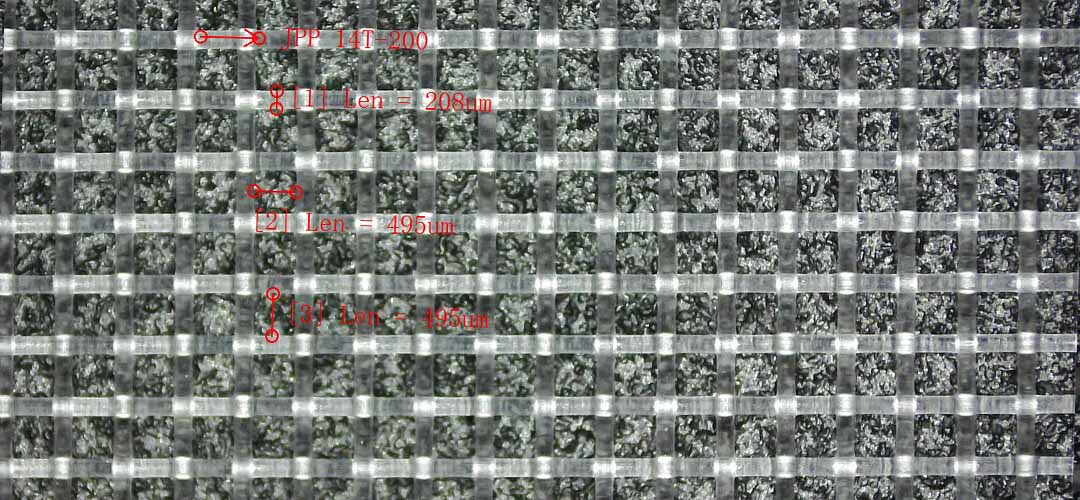
Another disadvantage of nylon mesh is its susceptibility to moisture absorption. Nylon is a hygroscopic material, meaning it can absorb moisture from the environment. This can lead to changes in the mesh size and affect the filtration accuracy. Therefore, nylon mesh filter sieves may not be suitable for applications where moisture control is critical.
In conclusion, nylon mesh filter sieves offer several advantages, including affordability, flexibility, and chemical resistance. They provide good particle retention and flow rates, making them suitable for various industries. However, they have limitations in terms of temperature resistance, durability, and moisture absorption. When choosing between nylon mesh and stainless steel sieves, it is important to consider the specific requirements of the application and weigh the pros and cons of each option.
When it comes to choosing the right sieve for your filtration needs, there are a variety of options available on the market. Two popular choices are nylon mesh sieves and stainless steel sieves. In this article, we will focus on the advantages and disadvantages of stainless steel sieves to help you make an informed decision.
Stainless steel sieves are known for their durability and longevity. They are resistant to corrosion, rust, and chemicals, making them ideal for use in harsh environments. This means that stainless steel sieves can withstand frequent use and exposure to various substances without deteriorating. This durability ensures that stainless steel sieves have a longer lifespan compared to other materials, saving you money in the long run.
Another advantage of stainless steel sieves is their strength and stability. Stainless steel is a sturdy material that can withstand high pressure and heavy loads without bending or breaking. This makes stainless steel sieves suitable for demanding applications where a high level of accuracy and precision is required. Additionally, stainless steel sieves are easy to clean and maintain, as they can be washed with soap and water or sterilized using heat or chemicals.
Stainless steel sieves also offer excellent temperature resistance. They can withstand high temperatures without warping or melting, making them suitable for use in processes that involve heat. This makes stainless steel sieves versatile and adaptable to a wide range of applications in various industries, including food and beverage, pharmaceuticals, and chemicals.
| Model | Mesh Count (/cm) |
Mesh Count (/inch) |
Thread Dia (um) |
Mesh Opening (um) |
Thickness (um) |
Weight (g/m2) |
| NL4/1950 | 4 | 10 | 550 | 1950 | 1100 | 307 |
| NL5/1500 | 5 | 13 | 500 | 1500 | 1000 | 318 |
| NL6/1267 | 6 | 15 | 400 | 1267 | 800 | 244 |
| NL7/1079 | 7 | 18 | 350 | 1079 | 700 | 218 |
| NL8/900 | 8 | 20 | 350 | 900 | 700 | 249 |
| NL9/861 | 9 | 23 | 250 | 861 | 500 | 143 |
| NL9/811 | 9 | 23 | 300 | 811 | 600 | 206 |
| NL10/750 | 10 | 25 | 250 | 750 | 500 | 159 |
| NL10/700 | 10 | 25 | 300 | 700 | 600 | 229 |
| NL12/583 | 12 | 30 | 250 | 583 | 500 | 191 |
| NL12/533 | 12 | 30 | 300 | 533 | 600 | 274 |
| NL14/514 | 14 | 36 | 200 | 514 | 340 | 142 |
| NL16/425 | 16 | 40 | 200 | 425 | 340 | 160 |
| NL20/350 | 20 | 50 | 150 | 350 | 255 | 113 |
| NL20/300 | 20 | 50 | 200 | 300 | 340 | 200 |
| NL24/267 | 24 | 60 | 150 | 267 | 255 | 135 |
| NL28/237 | 28 | 70 | 120 | 237 | 204 | 101 |
| NL30/213 | 30 | 76 | 120 | 213 | 204 | 110 |
| NL32/213 | 32 | 80 | 100 | 213 | 170 | 80 |
| NL36/178 | 36 | 90 | 100 | 178 | 170 | 90 |
| NL40/150 | 40 | 100 | 100 | 150 | 170 | 100 |
| NL43/153 | 43 | 110 | 80 | 153 | 136 | 70 |
| NL48/128 | 48 | 120 | 80 | 128 | 136 | 77 |
| NL56/119 | 56 | 140 | 60 | 119 | 102 | 50 |
| NL64/96 | 64 | 160 | 60 | 96 | 102 | 58 |
| NL72/89 | 72 | 180 | 50 | 89 | 85 | 45 |
| NL80/75 | 80 | 200 | 50 | 75 | 85 | 50 |
| NL100/57 | 100 | 250 | 43 | 57 | 73 | 46 |
| NL110/48 | 110 | 280 | 43 | 48 | 73 | 52 |
| NL120/48 | 120 | 300 | 35 | 48 | 60 | 37 |
| NL120/40 | 120 | 300 | 43 | 40 | 73 | 55 |
| NL130/42 | 130 | 330 | 35 | 42 | 60 | 40 |
| NL130/34 | 130 | 330 | 43 | 34 | 73 | 61 |
| NL140/36 | 140 | 350 | 35 | 36 | 60 | 43 |
| NL157/25 | 157 | 400 | 43 | 25 | 73 | 74 |
| NL180/20 | 180 | 450 | 39 | 20 | 66 | 68 |
| NL200/15 | 200 | 500 | 39 | 15 | 66 | 76 |
| NL220/10 | 220 | 550 | 39 | 10 | 66 | 84 |
| NL240/5 | 240 | 600 | 39 | 5 | 66 | 91 |
Despite their many advantages, stainless steel sieves also have some drawbacks. One of the main disadvantages of stainless steel sieves is their cost. Stainless steel is a premium material that is more expensive than other options, such as nylon mesh. This higher cost may be a barrier for some businesses with budget constraints, especially if they require multiple sieves for different applications.
Another disadvantage of stainless steel sieves is their weight. Stainless steel is a heavy material, which can make handling and transporting stainless steel sieves more challenging compared to lighter materials like nylon mesh. This may be a consideration for businesses that require frequent movement or relocation of their filtration equipment.
In conclusion, stainless steel sieves offer a range of advantages, including durability, strength, stability, temperature resistance, and ease of maintenance. However, they also come with some drawbacks, such as higher cost and weight. When choosing between nylon mesh sieves and stainless steel sieves, it is essential to consider your specific filtration needs, budget, and operational requirements. Ultimately, the decision will depend on finding the right balance between performance, longevity, and cost-effectiveness for your business.
Filter sieves are an essential tool in various industries, including pharmaceuticals, food processing, and chemical manufacturing. They are used to separate particles of different sizes, ensuring that only the desired material passes through. When it comes to choosing the right filter sieve, one of the key decisions is whether to opt for nylon mesh or stainless steel. Both materials have their advantages and disadvantages, and understanding the key differences between them is crucial in making an informed decision.
One of the primary differences between nylon mesh and stainless steel sieves is their durability. Stainless steel sieves are known for their exceptional strength and resistance to wear and tear. They can withstand high temperatures and harsh chemicals without losing their integrity. This makes them ideal for applications that involve heavy-duty use or exposure to corrosive substances. On the other hand, nylon mesh sieves are not as durable as stainless steel. They are more prone to damage from sharp particles or abrasive materials. However, nylon mesh sieves are generally more affordable than stainless steel sieves, making them a cost-effective option for less demanding applications.
Another important factor to consider is the mesh size and its impact on the filtration process. Stainless steel sieves offer a wide range of mesh sizes, allowing for precise control over the particle size distribution. This is particularly important in industries where consistency and accuracy are paramount. Nylon mesh sieves, on the other hand, have a limited range of mesh sizes. While they can still provide effective filtration, they may not offer the same level of precision as stainless steel sieves. Therefore, the choice between nylon mesh and stainless steel sieves depends on the specific requirements of the application.
The material of the sieve can also affect the cleanliness of the filtered material. Stainless steel sieves are non-absorbent and non-reactive, ensuring that no contaminants are introduced during the filtration process. They are easy to clean and sterilize, making them suitable for applications that require high levels of hygiene. Nylon mesh sieves, on the other hand, can absorb certain substances, leading to potential contamination. They may also react with certain chemicals, compromising the purity of the filtered material. Therefore, stainless steel sieves are often preferred in industries where cleanliness and purity are critical.
In terms of ease of use, both nylon mesh and stainless steel sieves have their advantages. Nylon mesh sieves are lightweight and flexible, making them easy to handle and transport. They can be quickly and easily replaced when damaged, minimizing downtime. Stainless steel sieves, while heavier and less flexible, are more rigid and stable. This can be beneficial in applications that require precise positioning or when dealing with large volumes of material. Ultimately, the choice between nylon mesh and stainless steel sieves depends on the specific requirements of the application and the preferences of the user.
In conclusion, the choice between nylon mesh and stainless steel sieves depends on several factors, including durability, mesh size, cleanliness, and ease of use. Stainless steel sieves offer exceptional durability and a wide range of mesh sizes, making them suitable for heavy-duty applications that require precise control over particle size distribution. They are also easy to clean and sterilize, ensuring the purity of the filtered material. Nylon mesh sieves, while less durable and with a limited range of mesh sizes, are more affordable and lightweight, making them a cost-effective option for less demanding applications. Ultimately, the decision should be based on the specific needs and requirements of the industry or process in question.
When it comes to choosing the right sieve for your filtration needs, there are several factors to consider. One of the most important decisions you will need to make is whether to go with a nylon mesh sieve or a stainless steel sieve. Both options have their advantages and disadvantages, so it’s crucial to weigh them carefully before making a decision.
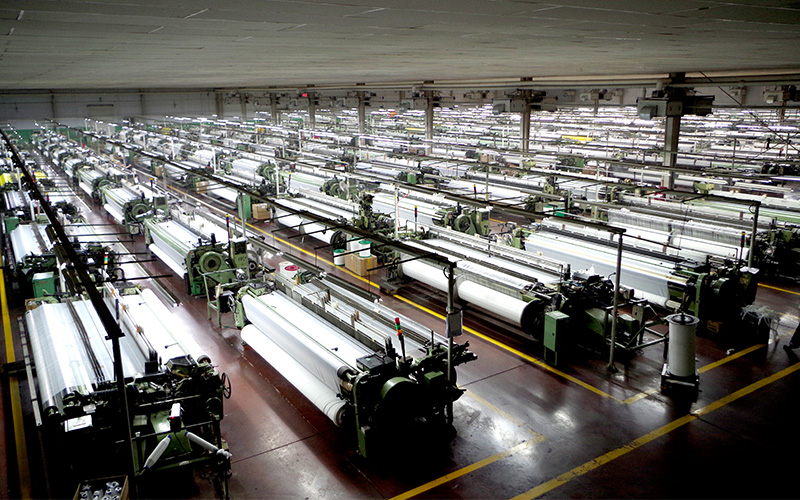
One of the primary factors to consider is the level of filtration required. Nylon mesh sieves are known for their fine filtration capabilities. They can effectively filter out particles as small as a few microns, making them ideal for applications that require a high level of precision. On the other hand, stainless steel sieves are better suited for coarser filtration. They are typically used in applications where the size of the particles being filtered is larger and precision is not as critical.
Another factor to consider is the durability of the sieve. Stainless steel sieves are known for their strength and longevity. They can withstand high temperatures and harsh chemicals without corroding or degrading. This makes them an excellent choice for applications that involve aggressive substances or extreme conditions. Nylon mesh sieves, on the other hand, are not as durable as stainless steel sieves. They can be damaged by high temperatures and certain chemicals, so they are better suited for less demanding applications.
Cost is also an important consideration when choosing between nylon mesh and stainless steel sieves. Nylon mesh sieves are generally more affordable than stainless steel sieves. This makes them a popular choice for budget-conscious businesses. However, it’s important to keep in mind that nylon mesh sieves may need to be replaced more frequently due to their lower durability. Stainless steel sieves, although more expensive upfront, can be a cost-effective choice in the long run due to their longevity.
Ease of cleaning is another factor to consider. Stainless steel sieves are relatively easy to clean and maintain. They can be washed with water and mild detergent without the risk of damage. Nylon mesh sieves, on the other hand, require more delicate handling. They should be cleaned with care to avoid stretching or tearing the mesh. Additionally, nylon mesh sieves may retain odors or stains, which can be difficult to remove.
Lastly, consider the specific requirements of your application. If your filtration needs involve food or pharmaceutical products, it’s important to choose a sieve that meets the necessary regulatory standards. Stainless steel sieves are often preferred in these industries due to their hygienic properties and ease of cleaning. Nylon mesh sieves may not be suitable for such applications due to the risk of contamination.
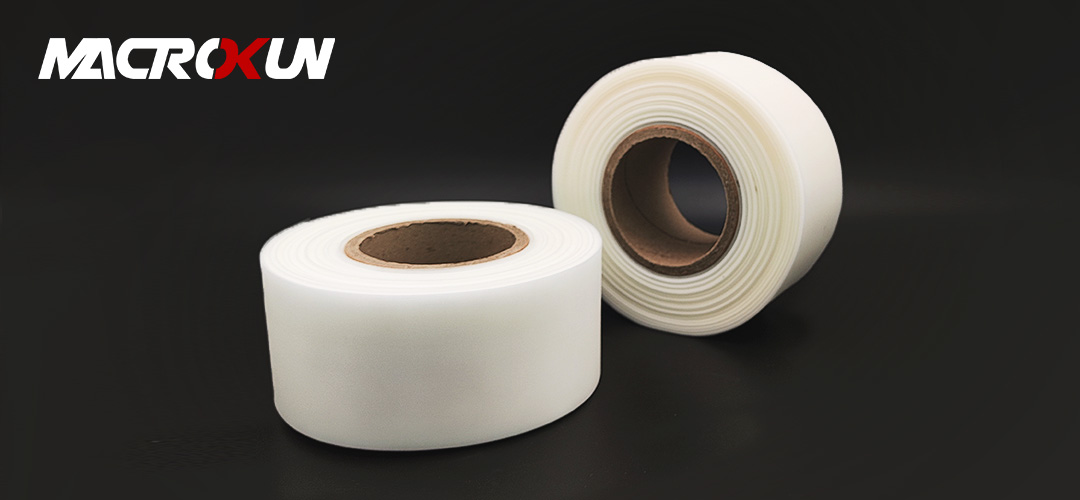
In conclusion, choosing between nylon mesh and stainless steel sieves requires careful consideration of several factors. The level of filtration required, durability, cost, ease of cleaning, and specific application requirements should all be taken into account. By weighing these factors, you can make an informed decision that best suits your filtration needs.
Pre: Comparing Fine Micron Nylon Mesh vs. Standard Filtration Solutions
Next: Why Nylon Mesh for Sieves Is a Must-Have for Laboratory and Industrial Use

MACROKUN has established long-term and stable cooperative relations with many transportation companies such as China Post, DHL, FEDEX, USPS, UPS, etc. Of course, MACROKUN can also provide air and sea transportation. The powerful logistics system enables all MACROKUN'S Printing Mesh, Filter Mesh and Filter Bags and so on to be easily and efficiently transported to any place. For quotes and inquiries, please email our sales team.
